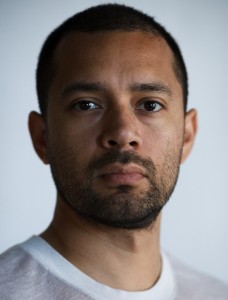Where are they now?
We are so proud of our past and present staff here at Superstition Review, and we’ve decided to celebrate the accomplishments of our past interns throughout the month of April. Each day, we will feature an intern on social media and share what they’re up to now. Then, at the end of each week, we will share a wrap-up post of all our featured interns from that week. So, without further ado…
1. Elijah Tubbs: Poetry Editor, Issue 16 (Fall 2015) and Issue 17 (Spring 2016)
April 9: Twitter and Facebook announcements, find Elijah on LinkedIn
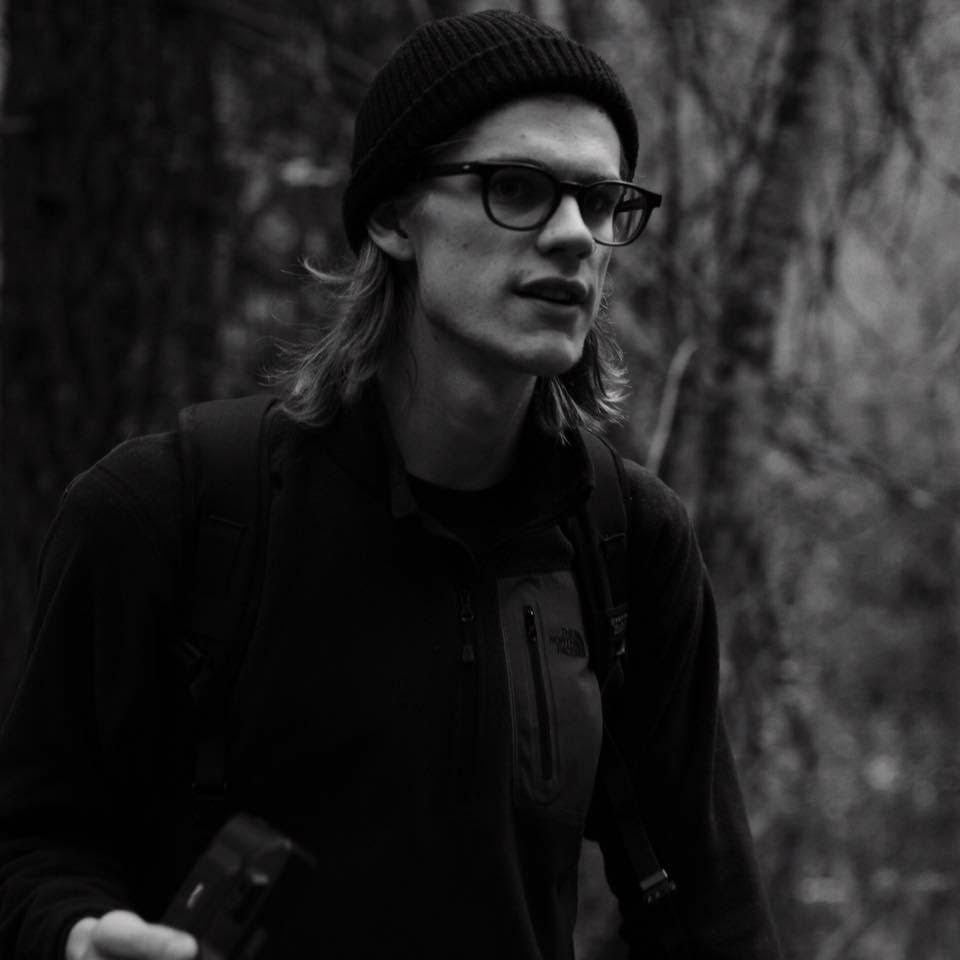 More details: Eli shares, “After editing poetry for SR issues 16 & 17 and graduating from ASU I went on to my current job as an on-line content coordinator for BPG Technologies/Designs. Sister companies that specializes in Fiber Optics, telecommunication, GIS mapping, construction and design. Being able to write in some facet as a career path is wonderful and SR gave me some really essential skill sets for that. More importantly, Trish and SR showed me how to run a literary magazine well and now with my girlfriend, we too run a literary magazine: ELKE “a little journal”.”
More details: Eli shares, “After editing poetry for SR issues 16 & 17 and graduating from ASU I went on to my current job as an on-line content coordinator for BPG Technologies/Designs. Sister companies that specializes in Fiber Optics, telecommunication, GIS mapping, construction and design. Being able to write in some facet as a career path is wonderful and SR gave me some really essential skill sets for that. More importantly, Trish and SR showed me how to run a literary magazine well and now with my girlfriend, we too run a literary magazine: ELKE “a little journal”.”
2. Erin Regan: Student Editor-in-Chief, Issue 13 (Spring 2014)
April 10: Twitter and Facebook announcements, find Erin on LinkedIn
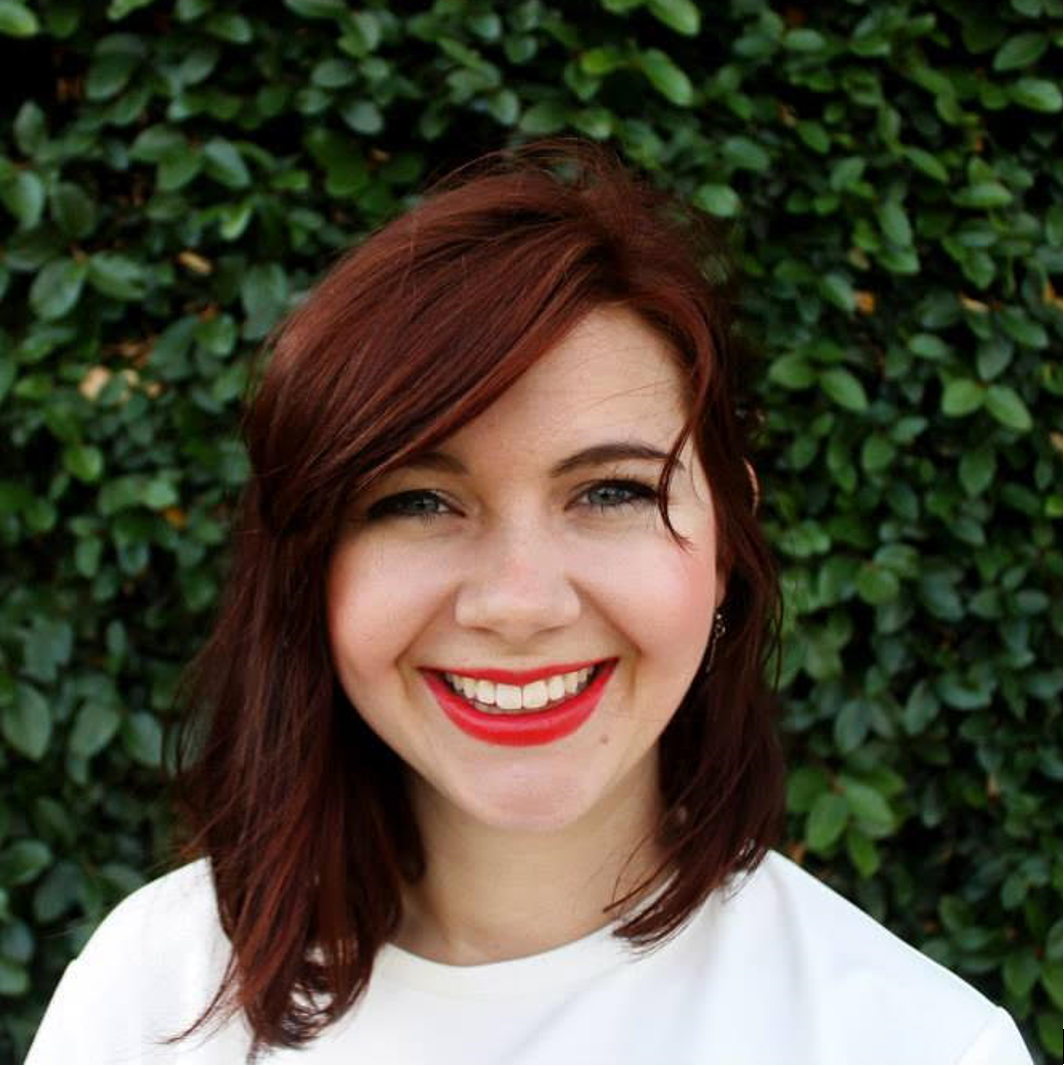 More details: Erin is currently a Digital Production Specialist at Make-A-Wish America, a nonprofit that serves children with critical illnesses. She shares, “Since serving as the student editor-in-chief of Superstition Review in 2014 and graduating from ASU, I’ve been managing the email marketing program and supporting other digital campaigns at Make-A-Wish. Every day I’m doing something a little different – whether it’s planning content for an upcoming campaign, writing copy, or designing an email – which gives me so many opportunities to use the skills I gained in school and at Superstition Review. Plus, I’m learning a lot about the nonprofit world and direct response marketing! It’s exciting being able to apply my experience in school and from internships to serve a unique mission.”
More details: Erin is currently a Digital Production Specialist at Make-A-Wish America, a nonprofit that serves children with critical illnesses. She shares, “Since serving as the student editor-in-chief of Superstition Review in 2014 and graduating from ASU, I’ve been managing the email marketing program and supporting other digital campaigns at Make-A-Wish. Every day I’m doing something a little different – whether it’s planning content for an upcoming campaign, writing copy, or designing an email – which gives me so many opportunities to use the skills I gained in school and at Superstition Review. Plus, I’m learning a lot about the nonprofit world and direct response marketing! It’s exciting being able to apply my experience in school and from internships to serve a unique mission.”
3. Cara Pencak: Advertising Coordinator, Issue 15 (Spring 2015)
April 11: Twitter and Facebook announcements, find Cara on LinkedIn
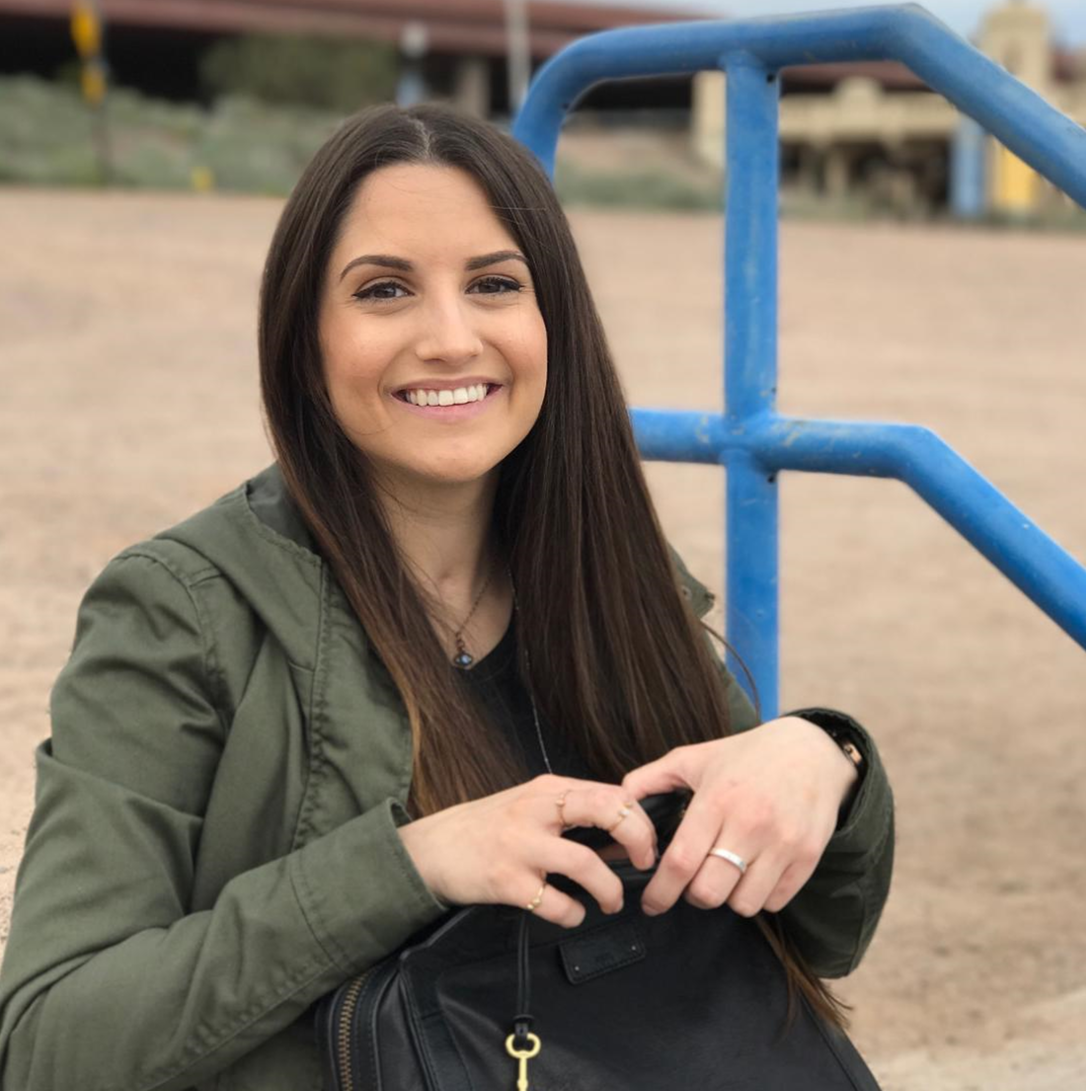 More details: Cara is currently the editorial assistant at Phoenix New Times. She shares, “I didn’t realize how much I enjoyed writing until I started at ASU. My academic advisor had mentioned the internship with Superstition Review and I’m so glad I took the opportunity! The work I did with the magazine gave me a chance to explore what it takes to put together a publication—the ins and outs, so to speak. In my current role as the editorial assistant at Phoenix New Times, I find myself applying that knowledge daily and I’m really enjoying it! I’m also interested in medicine, which led me to pursue a career in speech-language pathology. I’m excited to start as a grad student this fall at U of A!”
More details: Cara is currently the editorial assistant at Phoenix New Times. She shares, “I didn’t realize how much I enjoyed writing until I started at ASU. My academic advisor had mentioned the internship with Superstition Review and I’m so glad I took the opportunity! The work I did with the magazine gave me a chance to explore what it takes to put together a publication—the ins and outs, so to speak. In my current role as the editorial assistant at Phoenix New Times, I find myself applying that knowledge daily and I’m really enjoying it! I’m also interested in medicine, which led me to pursue a career in speech-language pathology. I’m excited to start as a grad student this fall at U of A!”
4. Jessica Fletcher: Fiction Editor, Issue 16 (Fall 2015) and Student Editor-in-Chief, Issue 17 (Spring 2016)
April 12: Twitter and Facebook announcements, find Jessica on LinkedIn
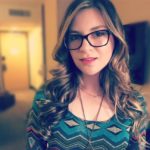 More details: Jessica is currently a Counseling Graduate Student and Director of Events in ASU’s Graduate Professional Student Association. She shares, “I am currently studying in the Master of Counseling program at ASU. In addition, I serve as Director of Events in the Graduate Professional Student Association. Using the nifty skills I learned in s[r] roles (SEC, fiction editor, and blogger), I plan social events for graduate students as well as lead advocacy projects for state prisons. Even though I am working in mental health, I continue to use literature and art to reach others. I am volunteering in Florence State Prison as a creative writing teacher and I am also a fiction editor for Iron City Magazine, which is a print and online journal devoted entirely to writing and art from the prison world. The best part — I get to use all my experience to make a difference in the community and touch the lives of others.”
More details: Jessica is currently a Counseling Graduate Student and Director of Events in ASU’s Graduate Professional Student Association. She shares, “I am currently studying in the Master of Counseling program at ASU. In addition, I serve as Director of Events in the Graduate Professional Student Association. Using the nifty skills I learned in s[r] roles (SEC, fiction editor, and blogger), I plan social events for graduate students as well as lead advocacy projects for state prisons. Even though I am working in mental health, I continue to use literature and art to reach others. I am volunteering in Florence State Prison as a creative writing teacher and I am also a fiction editor for Iron City Magazine, which is a print and online journal devoted entirely to writing and art from the prison world. The best part — I get to use all my experience to make a difference in the community and touch the lives of others.”
5. Michael Wise: Content Coordinator, Issue 14 (Fall 2014) and Social Networker, Issue 15 (Spring 2015)
April 13: Twitter and Facebook announcements, find Michael on LinkedIn
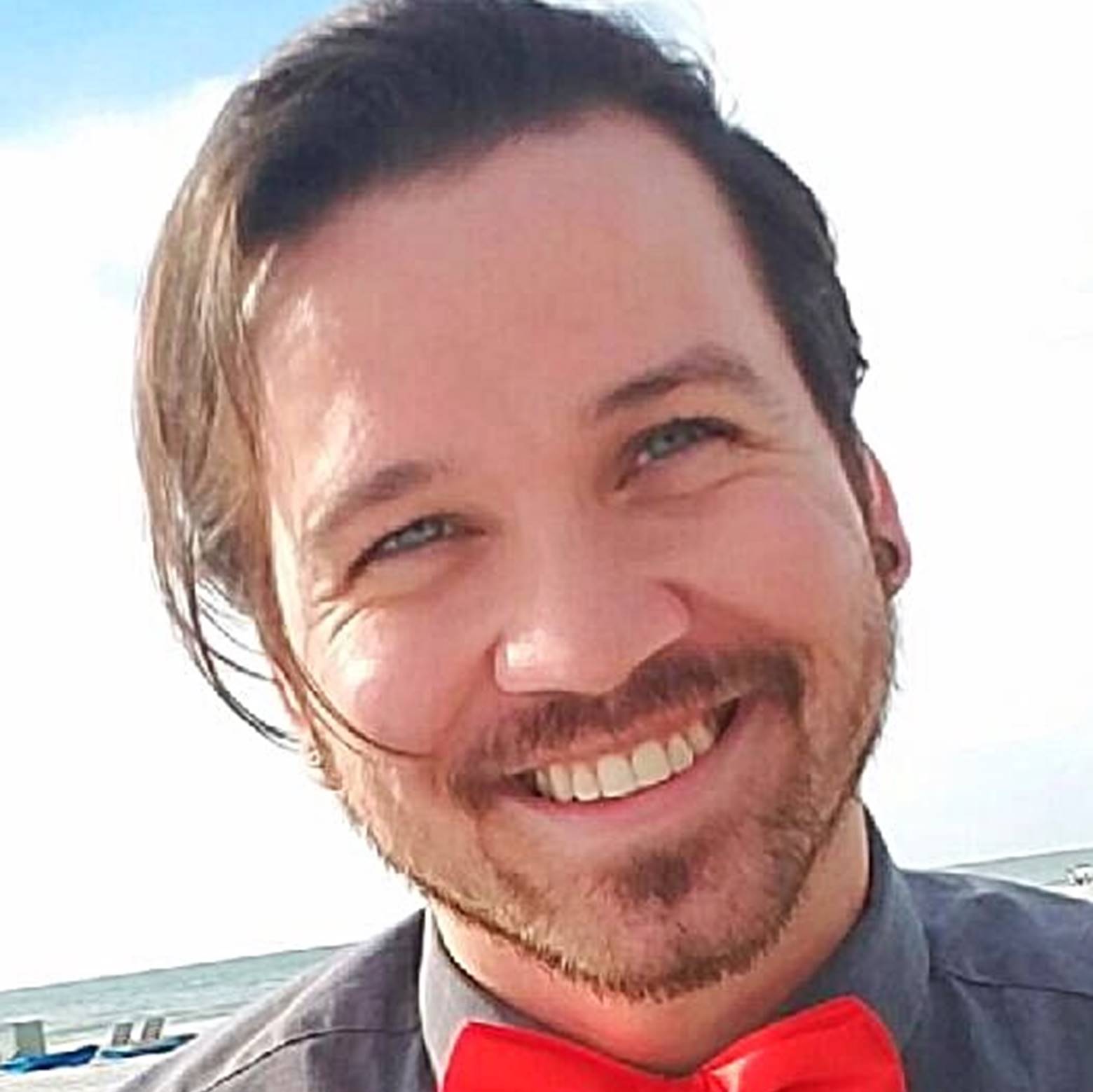 More details: Michael Wise is a testing technician in the enrollment services at Chandler-Gilbert Community College. He shares, “I used to be one of the content coordinators for Superstition Review, and it was such a fun and invaluable experience! The work I did there helped me get through my BA of English at ASU and to land a job at Chandler-Gilbert Community College. My job is pretty straight-forward, I am the person who students dread seeing because I’m the one who hands out their midterms and finals. I decided to try and soften my image a bit and not be solely associated with stressful exams by becoming more engaged on campus. I am a club advisor for the Male Empowerment Network (M.E.N.) where I work with male minority students to help them complete their degrees and/or transfer onto a university. As the adviser I have utilized my work experience and writing background to hold scholarship writing and resume building workshops. I am also a member of CGCC’s Creative Writing & Arts Council where we are working to build a larger and stronger community of artists and writers on campus. As for my writing, I have been working on a few short stories to get accepted into a creative writing MFA program and for eventual publication.”
More details: Michael Wise is a testing technician in the enrollment services at Chandler-Gilbert Community College. He shares, “I used to be one of the content coordinators for Superstition Review, and it was such a fun and invaluable experience! The work I did there helped me get through my BA of English at ASU and to land a job at Chandler-Gilbert Community College. My job is pretty straight-forward, I am the person who students dread seeing because I’m the one who hands out their midterms and finals. I decided to try and soften my image a bit and not be solely associated with stressful exams by becoming more engaged on campus. I am a club advisor for the Male Empowerment Network (M.E.N.) where I work with male minority students to help them complete their degrees and/or transfer onto a university. As the adviser I have utilized my work experience and writing background to hold scholarship writing and resume building workshops. I am also a member of CGCC’s Creative Writing & Arts Council where we are working to build a larger and stronger community of artists and writers on campus. As for my writing, I have been working on a few short stories to get accepted into a creative writing MFA program and for eventual publication.”
6. Megan Kizer: Social Networker, Issue 14 (Fall 2014)
April 14: Twitter and Facebook announcements, find Megan on LinkedIn
 More details: Megan currently works at a global integrated marketing agency called PMX Agency as their very first in-house SEO Content Writer. She shares, “This essentially means that I have the fun opportunity to write page optimization copy, net-new copy, blog posts, and eBooks for leading clients across several industries. Along with actively contributing to my own company’s blog, I’m also beginning to take on more of an editorial role as our team expands. Overall, my job is to tell the client’s story in a way their customers will understand and appreciate, whether that means cranking out retail-specific verbiage, explaining the careful behind-the-scenes details of a national cleaning company, or even helping adults find a college program that they’re passionate about. I love that I get to wear a different hat every day and practice my writing skills in vastly diverse fields. My absolute favorite part of my job is to go onto a major client’s website or blog and think, ‘Hey! I wrote that!’ I also love that I’m able to communicate with coworkers across the nation to implement new ideas and processes that will help move our company forward. We’re all about improving ourselves, our teams, and our company, and it’s truly an incredible experience to feel that support in my career. I’m so grateful to sit across such intelligent people and learn about everything it takes to build a brand and keep it growing, from content to social media to email marketing, and everything in between!”
More details: Megan currently works at a global integrated marketing agency called PMX Agency as their very first in-house SEO Content Writer. She shares, “This essentially means that I have the fun opportunity to write page optimization copy, net-new copy, blog posts, and eBooks for leading clients across several industries. Along with actively contributing to my own company’s blog, I’m also beginning to take on more of an editorial role as our team expands. Overall, my job is to tell the client’s story in a way their customers will understand and appreciate, whether that means cranking out retail-specific verbiage, explaining the careful behind-the-scenes details of a national cleaning company, or even helping adults find a college program that they’re passionate about. I love that I get to wear a different hat every day and practice my writing skills in vastly diverse fields. My absolute favorite part of my job is to go onto a major client’s website or blog and think, ‘Hey! I wrote that!’ I also love that I’m able to communicate with coworkers across the nation to implement new ideas and processes that will help move our company forward. We’re all about improving ourselves, our teams, and our company, and it’s truly an incredible experience to feel that support in my career. I’m so grateful to sit across such intelligent people and learn about everything it takes to build a brand and keep it growing, from content to social media to email marketing, and everything in between!”
7. Amanda Strusienski: Social Networker, Issue 11 (Spring 2013)
April 15: Twitter and Facebook announcements, find Amanda on LinkedIn
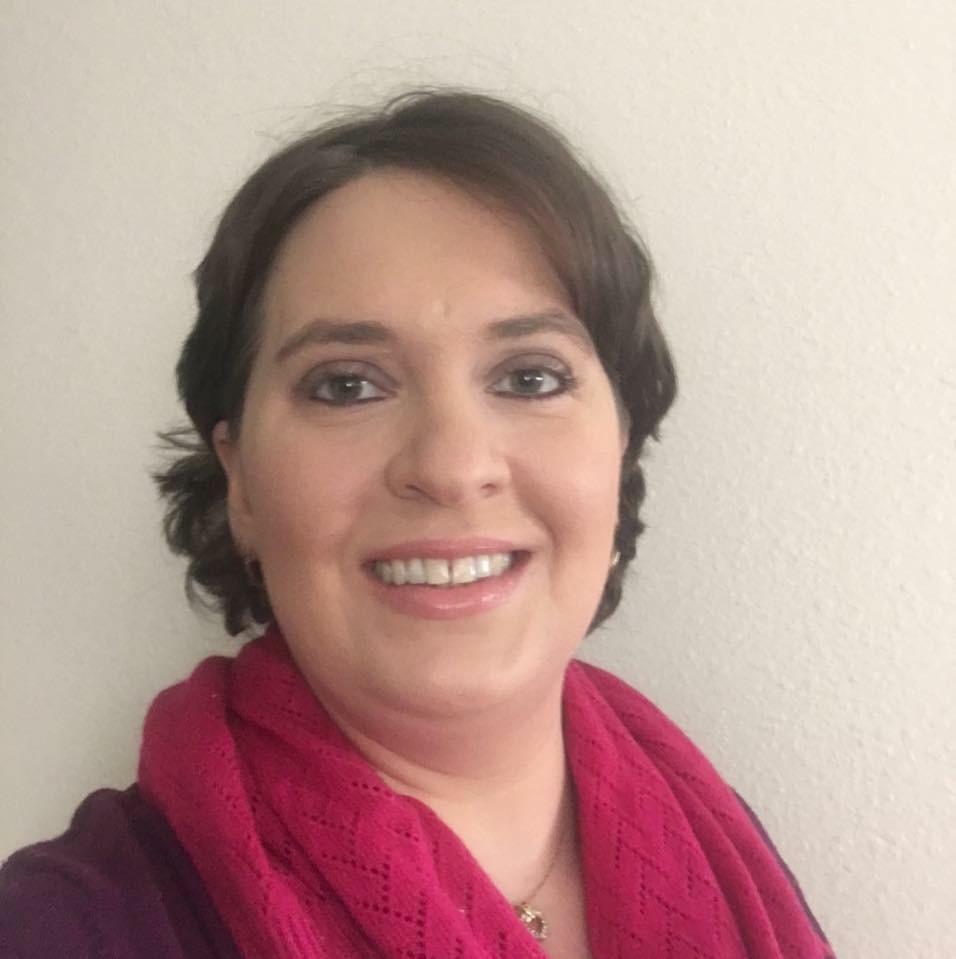 More details: Amanda is currently a Curriculum Coordinator for University of Phoenix. She shares, “Since graduating from ASU in 2013 with my BA in English I have found my passion in education. My first career job was a school librarian where I instructed grades K-6th. That was an amazing experience where I had the opportunity to impact student lives, and hopefully give them a deeper understanding of literature. Presently, I am entering my third year with the University of Phoenix as a Curriculum Coordinator for the College of Education. I like to say my job is 2% administration and 98% all other duties as assigned. I get the opportunity to research, support, design, and revise college courses and programs for adult learners. It is a challenging and rewarding position. I love knowing that I’m part of a process that helps adult learners find new careers or seek advancement in their field. I am also two classes away from completing my masters in Adult Education and Training. My hope is to move into a career as an instructional designer for higher education programs or work as a facilitator for adult education (maybe even both).”
More details: Amanda is currently a Curriculum Coordinator for University of Phoenix. She shares, “Since graduating from ASU in 2013 with my BA in English I have found my passion in education. My first career job was a school librarian where I instructed grades K-6th. That was an amazing experience where I had the opportunity to impact student lives, and hopefully give them a deeper understanding of literature. Presently, I am entering my third year with the University of Phoenix as a Curriculum Coordinator for the College of Education. I like to say my job is 2% administration and 98% all other duties as assigned. I get the opportunity to research, support, design, and revise college courses and programs for adult learners. It is a challenging and rewarding position. I love knowing that I’m part of a process that helps adult learners find new careers or seek advancement in their field. I am also two classes away from completing my masters in Adult Education and Training. My hope is to move into a career as an instructional designer for higher education programs or work as a facilitator for adult education (maybe even both).”
Thank you so much to these interns for their service with us; you are all doing such amazing things, and we’re so proud!
